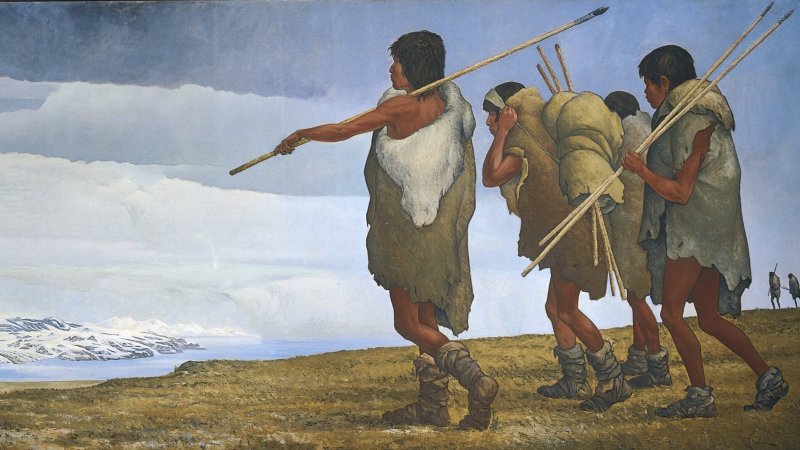According to scientists the human race first appeared in the East part of Sub-Saharan Africa. From there humans who were at the time, nomads traveled to the upper part of Africa and crossed to Asia since at that time Africa and Asia were connected. From that point, people spread all over the area of what we today call Europe and Asia.
…
What makes us so curious about these days is that since humans had not even discovered agriculture, how did they manage to cross the sea? They definitely didn’t have any kind of equipment like ships or small boats. So how did they go? Did they swim such a large distance? Well, the idea here is that at the moment a big part of the globe was still covered with ice including some parts of the oceans. Humans appeared to have walked over the ice and they accidentally crossed to other continents.
But what led those people to walk over the ice where there was no vegetation around?… Perhaps they had consumed all of the available supplies and they were also chased by stronger animals. Since they had no other place to turn they decided to go to the unknown and hostile icy environment. As history has shown, surprisingly they managed to survive.































